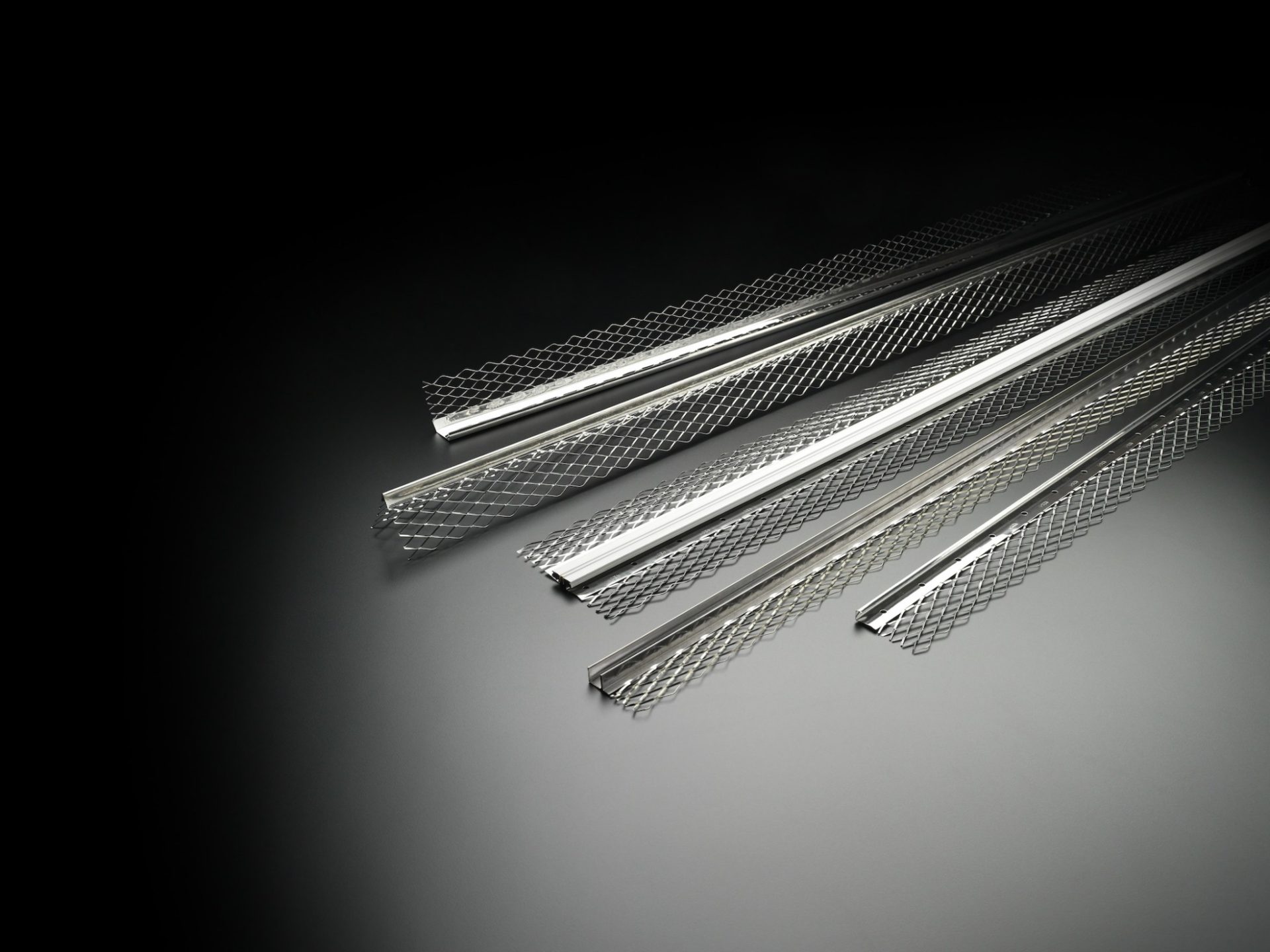Product quality and suitability go hand in hand with good workmanship for achieving long-lasting performance and aesthetics. And for building components such as plasterers’ bead and mesh, the devil really is in the detail. Richard Price, technical director at Catnic, provides guidance on how to ensure products chosen are fit for purpose.
When it comes to plastering, the industry offers a wealth of support and guidance. Do a simple internet search to see the plethora of information and ‘how to’ guides from product selection to installation techniques available. Do the same for plasterers’ beads and mesh and the lack of information is immediately apparent.
Given that these items have a vital function in the plastering process, this really needs to be addressed. When you consider their role, they are absolute necessities: they prevent a plaster layer surface from cracking and increase durability and longevity. They also offer a reliable method of achieving the slick, professional finish that clients expect of internal spaces and rendered facades.
With this in mind, accurate selection is crucial. Although this might sound simple, start with the basics and check that the product has a CE marking. Professionals have a duty of care to ensure that the products selected are legal and will perform as intended.
Specifiers and contractors then need to consider the location and atmospheric conditions of the building when selecting the correct material finish. Both can have a significant impact on whether the installation will perform and last as expected. Anyone requiring guidance should look to BS EN 13914-1:2016, which covers the design, preparation and application of external rendering and internal plastering. This advises the use of stainless steel and PVC-u in conditions of high humidity and/or salt-laden atmospheres. Using an incorrect material type carries risk of corrosion and brings the likelihood of staining through the plaster or render, resulting in expensive remedial work.
Internally, galvanized steel is a more appropriate choice, although for high-moisture interior environments, stainless steel and PVC-u could also be considered. Once the material type has been chosen, it’s then an issue of product quality.
In the past, contractors might not have considered there to be much differentiation between one plasterers’ bead or another, and with ‘equal or equivalent to’ specifications reinforcing this idea, the door has been left open for quality compromises that can fall short of the initial design intention. When faced with a range of plasterers’ bead and mesh to choose from, always opt for a reputable manufacturer. In addition, a simple but effective means of establishing quality is checking rigidity. The more rigid a plasterers’ bead is, the easier it is to retain the plumbline and achieve a precise finish.
The next important factor is the type of fixing: best practice says avoid mixing different material types. For example, if using a stainless steel plasterers’ bead, avoid zinc mechanical fixings which could result in a chemical reaction that leads to the breakdown of the fixing. Ultimately, the bead could break away from the surface. Damaging chemical reactions can also occur during the installation process itself. For example, it is important not to over trowel the nose of exposed plasterers’ bead. If the plaster is being applied using a steel trowel against a galvanized section of bead, there is a risk that the zinc coating could be damaged – again increasing the likelihood of issues down the line.
Strength and support should also be considered, particularly for drywall applications in high-traffic areas. It is advisable to use edging bead for a really robust finish and limit any potential damage. When dealing with large sections of external render, it’s best to install adequate movement bead panels, no more than five metres apart and never over a structural control joint. This will allow for any necessary movement of the building without damaging the render finish.
As with any construction product, always look to a trusted manufacturer that can offer a comprehensive portfolio of products. For plasterers’ beads and mesh, this means PVC-u, stainless and galvanized steel ranges as well as a high level of technical support to ensure the product selected is fit for purpose, of good quality and able to provide a precise and lasting finish.


